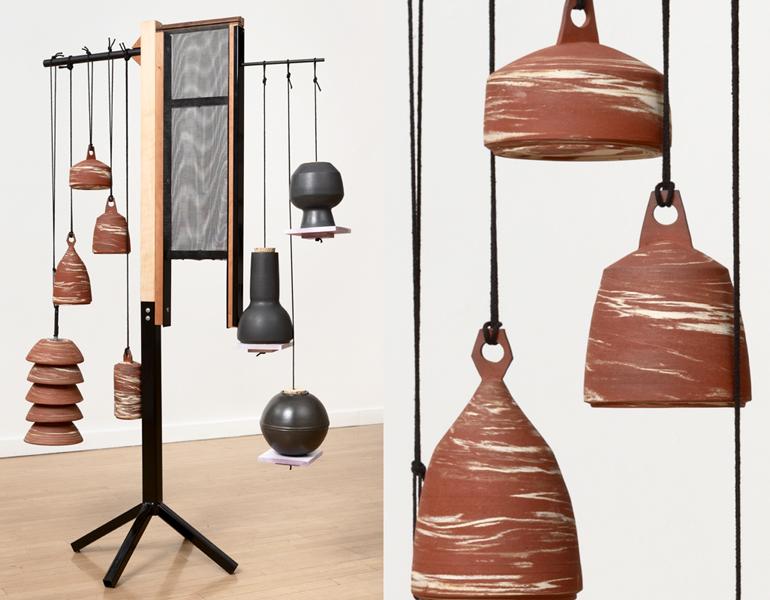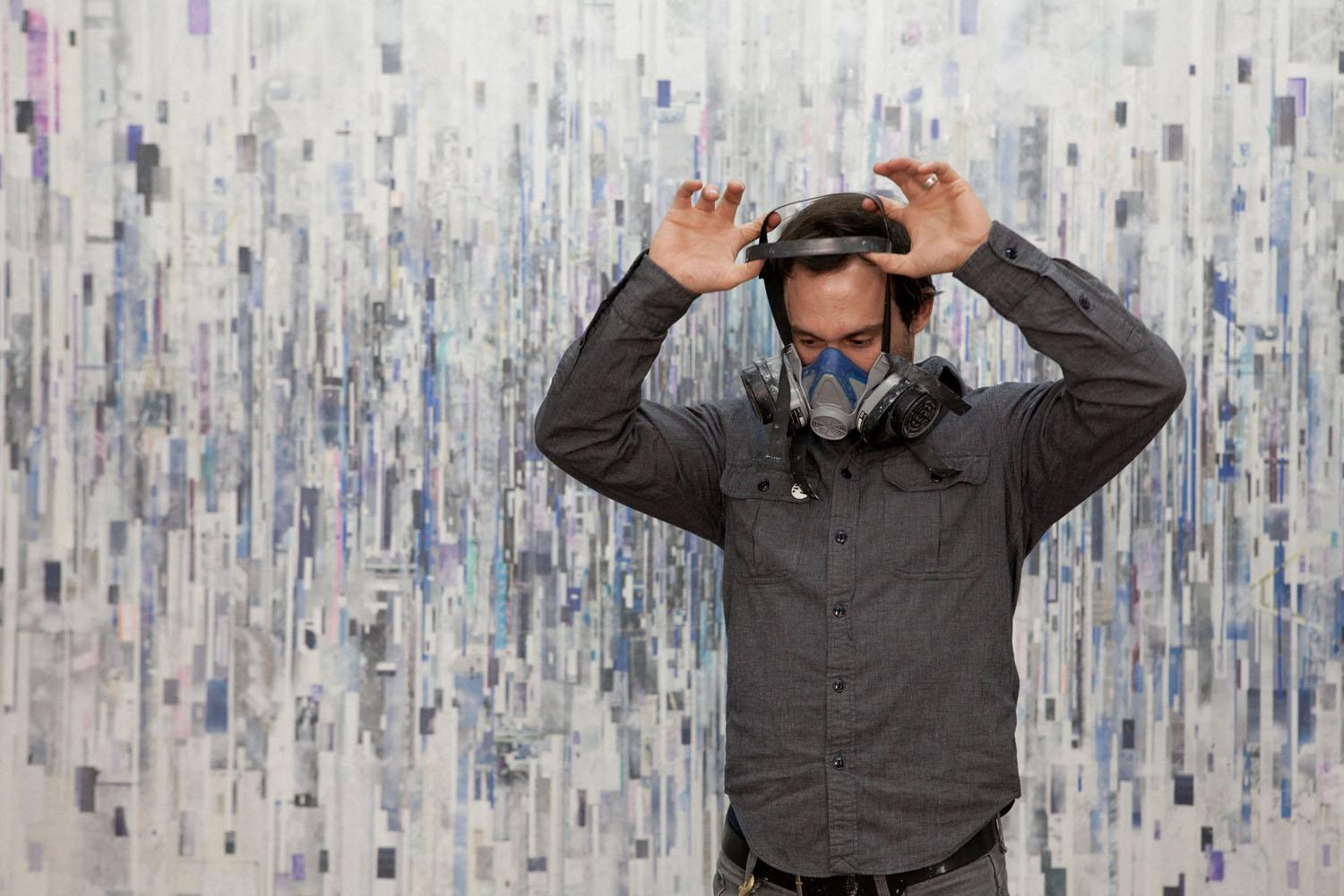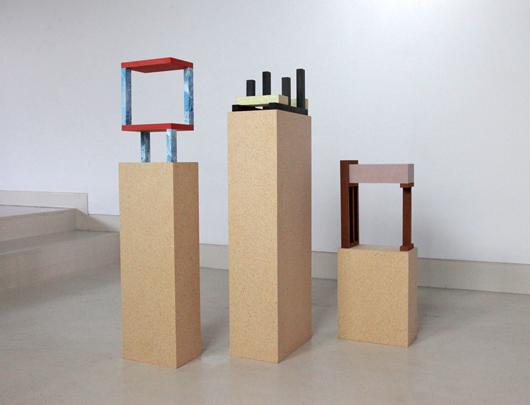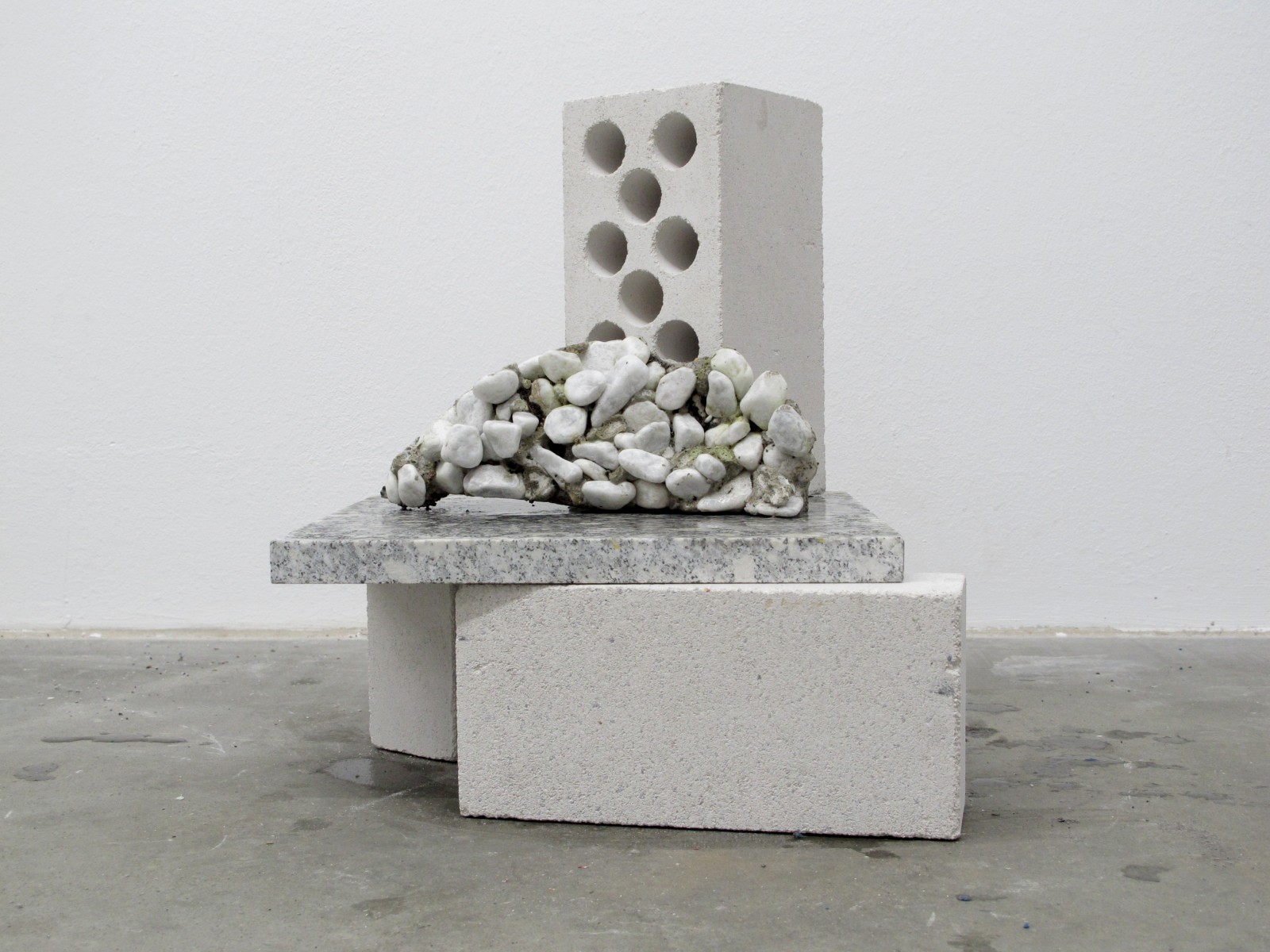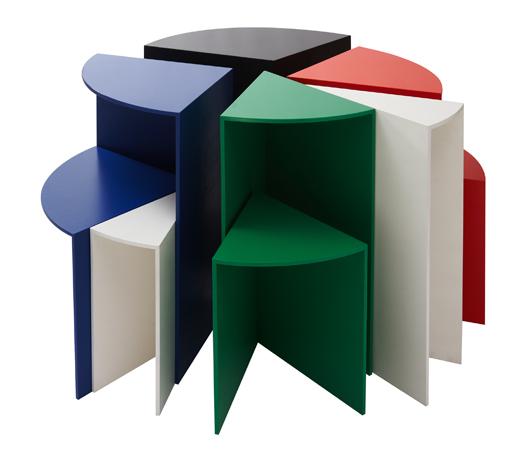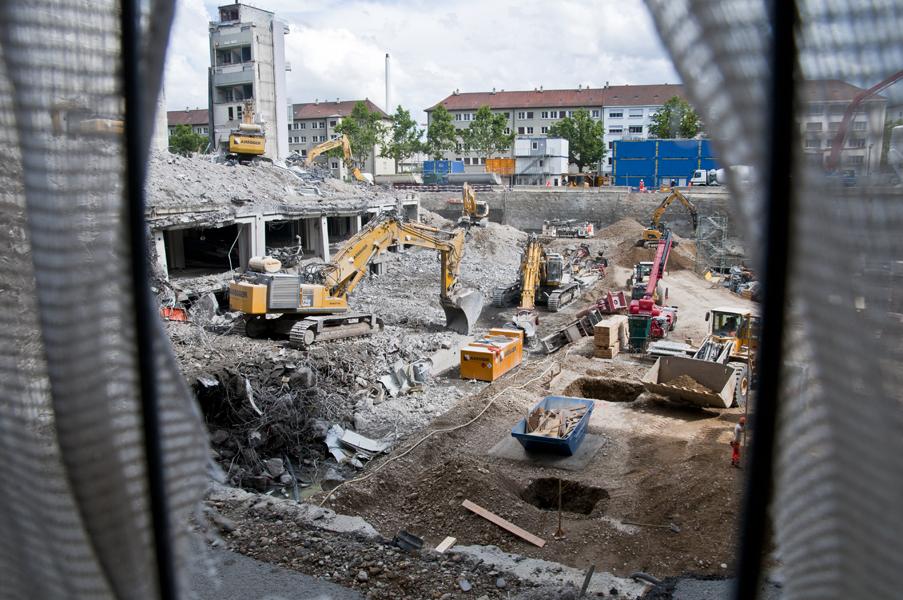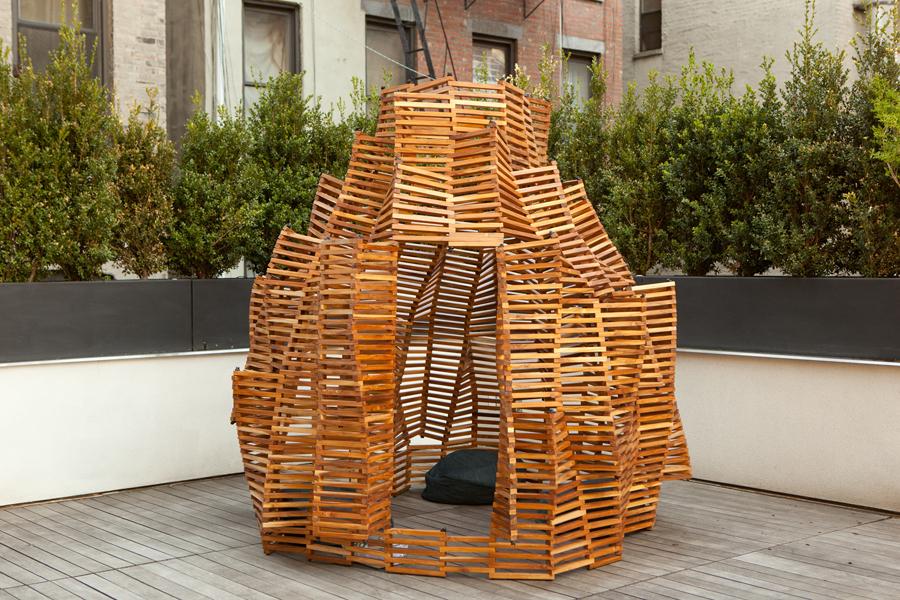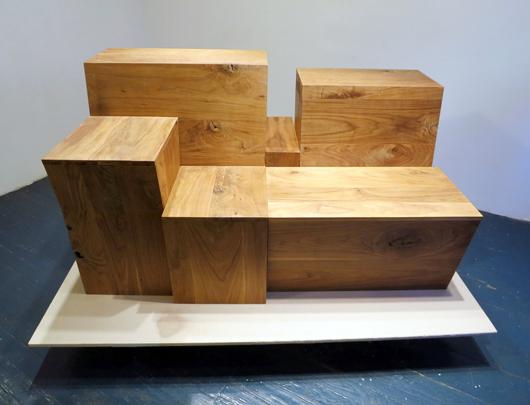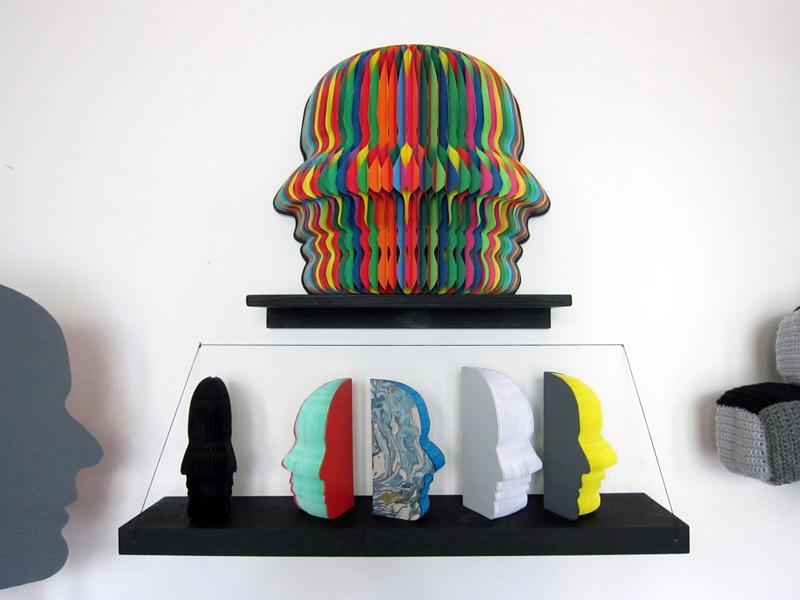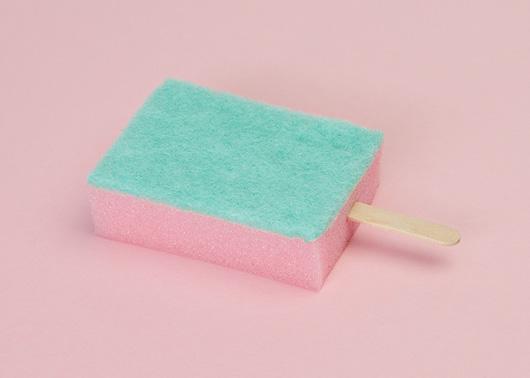
09.10.12
Up and Coming
PUTPUT, artists and photographers
In some ways, the work of the Danish-Swiss duo Putput could be considered a response to sites like this one: If we're constantly bombarded by scrolls of images, the two designers seem to ask, how can we be convinced to reconsider objects that at first glance seem so quaintly familiar? Projects like their Popsicle series (above), which found the icy treats replaced by scrubbing sponges, or Inflorescence — for which the two employed the visual language of still life to depict cleaning implements as potted plants — play with subverting our expectations in a way that could seem cliché if the resulting images weren't so exceedingly lovely. The two work at an increasingly trafficked intersection where photography, styling, art and design meet, which allows creators to control both the product and the way it's presented — both the input and the output, as it were, which is where their clever studio name comes from. We recently caught up with the two recent grads as they were dipping a toe into the contemporary art world and looking for new studio space.
